LESSON OVERVIEW
In this flipped advanced lesson about cars students talk about vintage cars and other objects, learn some vocabulary to describe used things, watch a video and have a lot of discussion activities.
C2 / Proficiency60 minFlipped LessonUnlimited Plan
This is a Flipped Classroom lesson plan. In a nutshell, it means that the first part of the lesson needs to be done by students at home. Learn more about flipped classroom and how we implement it in these lesson plans in our post.
PRE-CLASS ACTIVITIES
The worksheet includes a couple of activities students complete before the lesson. First, they read two car sales ads. Then, they complete the gaps with the car-related vocabulary (e.g. chassis, transmission, suspension, fuel efficiency, etc.). To practise the vocabulary more, students come up with three sentences to compare the cars from the ads using the words and phrases from the texts.
IN-CLASS ACTIVITIES
This part of the advanced lesson about cars starts with a warm-up. There is also an optional activity where teachers can ask students a few questions about their experience with cars. In the warm-up, students have to describe who they think car enthusiasts are and come up with a definition. Then, they move on to watch a video. As an introduction to the video, students look at two pictures of cars (Lancia Delta and Peugeot 205) and discuss what they know about them. Then, they watch the video about the people who own these cars. First, students say if their definition of car enthusiasts is anything like the people from the video. Next, they watch the video again in two parts: after the first part, they have to note down a few details about each car; after the second part – make more notes about other aspects related to cars.
Once students stop working with the video, they look at some car-related ideas and agree or disagree with them. They also do an activity in which they compare modern cars and vintage cars using the target vocabulary. Then, this advanced lesson about cars pivots and lets students discuss more vintage things. For that, they first work with vocabulary (e.g. squeaky, chipped, tarnished, etc.) by choosing the correct words and trying to describe different objects using them. The lesson finishes with a discussion activity in which students talk about vintage things and their sentimental value.
HOMEWORK/REVISION
This worksheet includes an additional task that you can use as homework or revision. It’s available in the teacher’s version of the worksheet. You can print it, cut it up and hand it out to your students. It’s also included in the e-lesson plan.
Subscribe to unlock these and many other Standalone lesson lesson plans with the Unlimited planWORKSHEETS

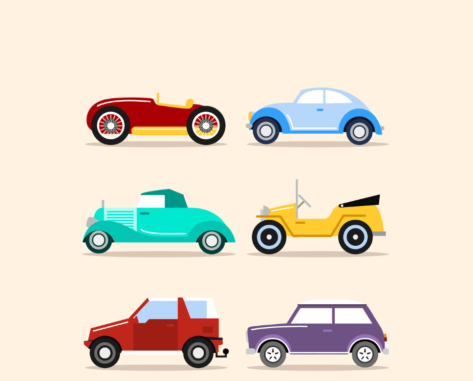
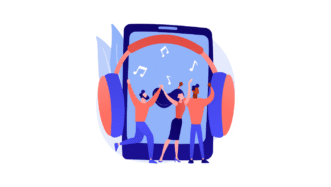



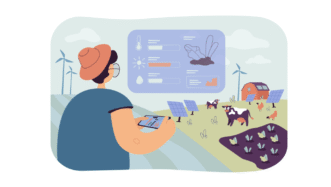

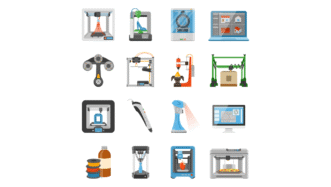
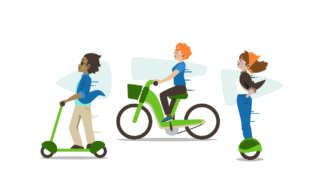




Good evening,
I wanted to point to slide 12 “Compare your ideas with the rest of the group and agree a collective definition.”
It should read “agree on a collective definition.
Thanks
Sorry, it was slide 11
Hi! Thanks for your comment. In this use, it means ‘to decide something together’ and it is mainly used when talking about official decision-making bodies and organizations: meaning 2a
This lesson was very complete and the vocabulary is useful. The lesson can be easily adapted to teach comparison to advanced students.
Thanks for your feedback! I’m glad you like the lesson 🙂